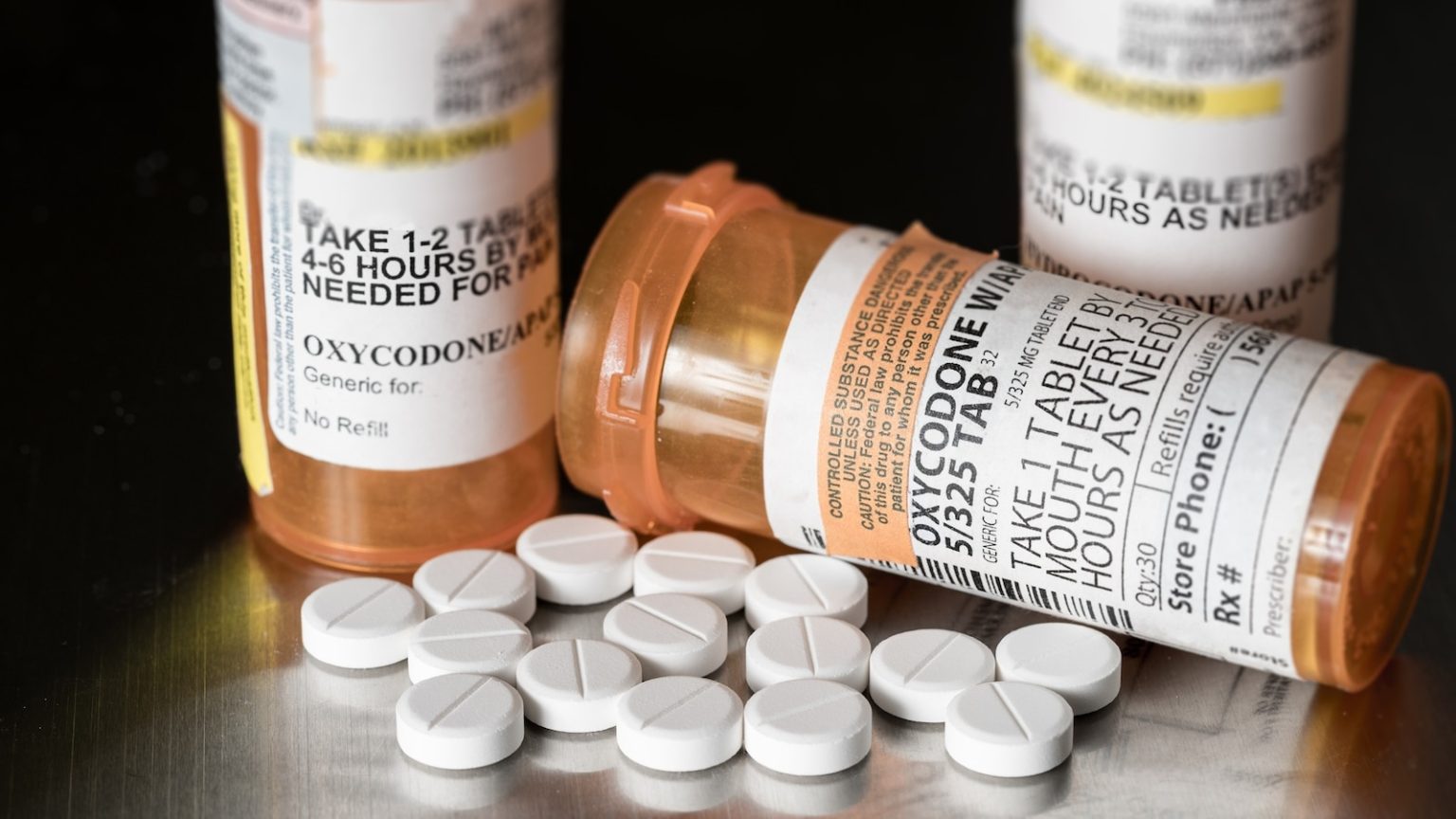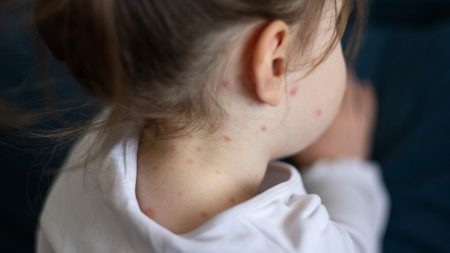A Comprehensive Overview of Drug Overdose Trends in the United States
1. National Trends Show Hope
The United States has witnessed a significant milestone in its battle against drug overdose deaths. For the first time since the onset of the COVID-19 pandemic, there has been a noticeable decrease in overdose death rates. According to recent data, the rate dropped from 32.6 deaths per 100,000 people in 2022 to 31.3 per 100,000 in 2023, marking a 4% reduction. This decline is a beacon of hope, indicating that efforts to combat the crisis may be yielding positive results. However, it is crucial to recognize that this is just the beginning, as the numbers remain alarmingly high. This downturn serves as a motivating factor to continue and expand upon the strategies that are making a difference.
2. Expert Insights into the Decline
Experts such as Dr. Aitzaz Munir and Dr. Magadelna Cerdá offer valuable insights into the factors contributing to this decrease. Dr. Munir attributes the drop to enhanced access to treatment programs and the wider availability of naloxone, a drug that can reverse overdoses. He emphasizes that effective treatment is key, suggesting that when individuals receive appropriate care, positive outcomes follow. Dr. Cerdá adds another dimension, pointing to a possible reduction in fentanyl potency, which might be influencing the trend. Her hypothesis suggests that stabilizing the drug supply could be a critical factor in the decline.
3. The Role of Public Health Measures
Public health initiatives have played a pivotal role in the observed decrease. Tools like naloxone and fentanyl test strips have become more accessible, empowering individuals to take proactive steps to prevent overdoses. Naloxone, often administered by first responders or family members, can reverse an overdose in minutes, serving as a lifeline. Fentanyl test strips allow users to detect the presence of this potent drug, enabling them to make informed decisions that could save their lives. These measures exemplify how targeted interventions can translate into tangible savings of lives.
4. State-by-State Analysis Reveals Varied Outcomes
A closer examination of state-level data reveals a diverse landscape. While the national trend is positive, not all states are experiencing the same level of improvement. West Virginia, for instance, continues to grapple with the highest rate at 81.9 deaths per 100,000, while Nebraska has the lowest at 9.0. Twenty states saw a decrease, but six states, particularly in the west, experienced increases. This regional variation suggests that drug market dynamics play a significant role. The west coast, with its shifting markets and increased prevalence of counterfeit pills laced with fentanyl, faces unique challenges that require tailored responses.
5. Challenges and Concerns Remain
Despite the encouraging national trend, there are persistent challenges. Deaths from psychostimulants like methamphetamine and cocaine have seen an uptick, highlighting the evolving nature of the drug crisis. The opioid epidemic remains resilient, with synthetic opioids still claiming a significant number of lives. These factors underscore the complexity of the issue and the need for continued vigilance and innovation in public health strategies. Policymakers and health professionals must remain adaptable to address new challenges as they emerge.
6. Moving Forward with a Collaborative Approach
Looking ahead, the path forward requires a collaborative and comprehensive strategy. Learning from states that have made strides in reducing overdose deaths can provide valuable lessons for others. Investing in areas hardest hit by the crisis, enhancing treatment access, and adopting a multifaceted approach that includes education, policy changes, and community support will be essential. The recent decrease in deaths is a testament to the impact of concerted efforts, but sustaining this progress demands unwavering commitment and innovation. By fostering a supportive environment that addresses the root causes of addiction, we can work towards a future where such statistics continue to trend downward, offering hope and healing to affected communities.















